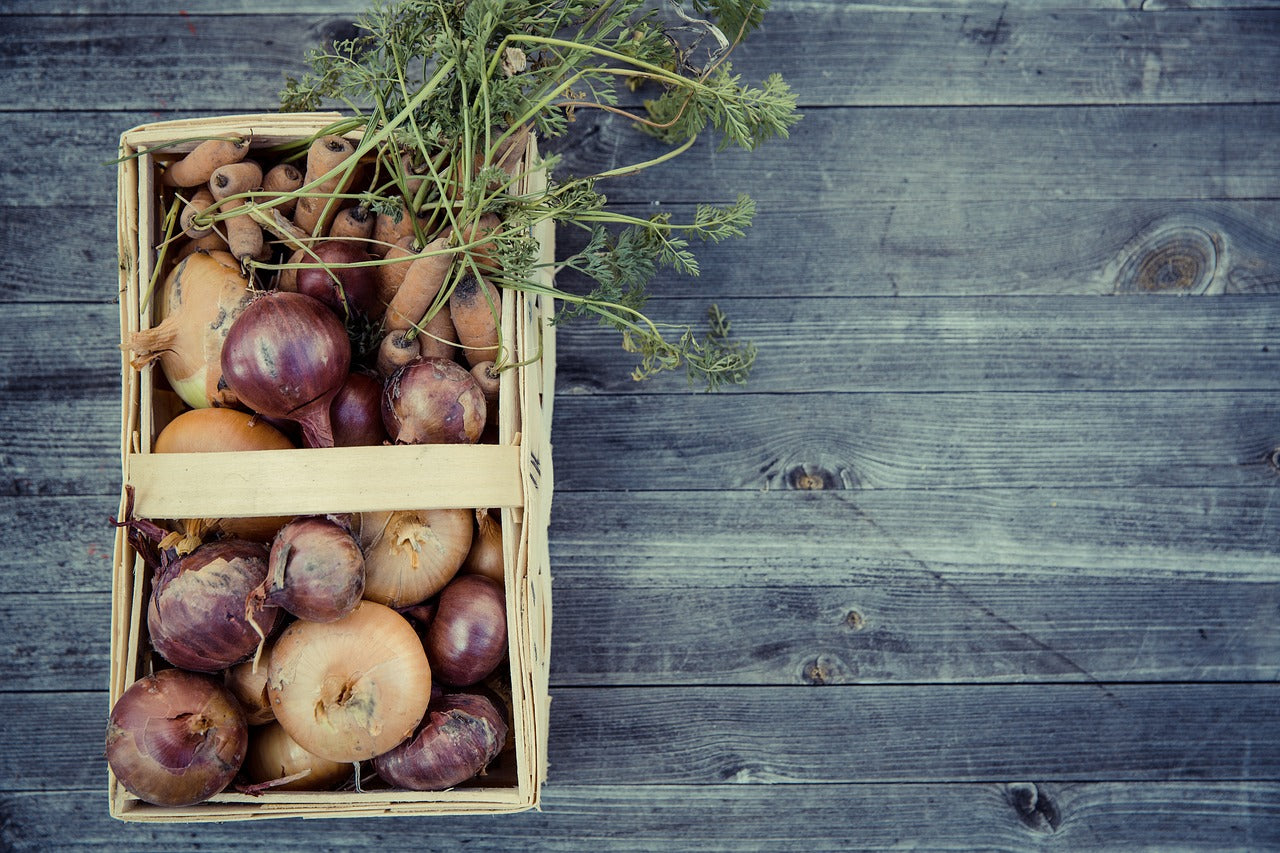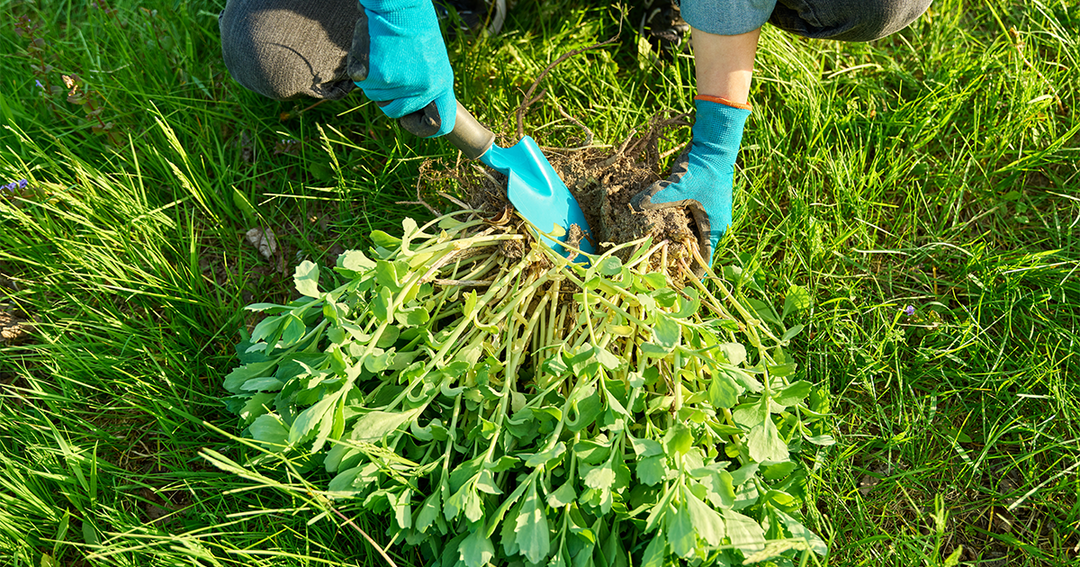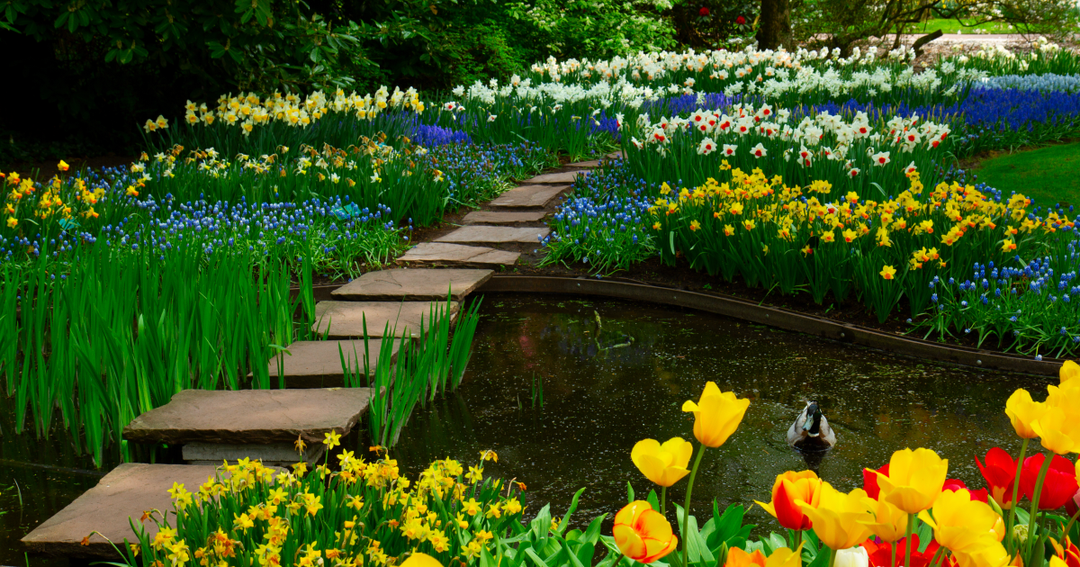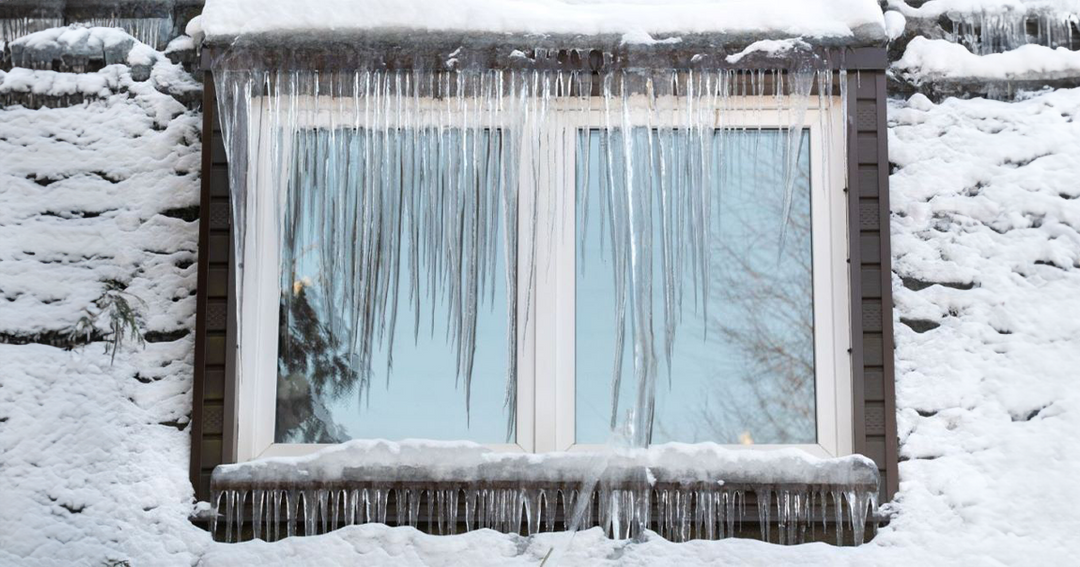Creating a Fall Vegetable Garden

The cooler days of autumn may mean the end of tomato season, but that doesn’t mean it’s time to put away your gardening tools. Vegetable gardening can bring you just as much satisfaction in the fall as during the spring and summer, as long as you follow the guidelines for your area and climate. And fall vegetable gardening has some unexpected advantages, too. Numerous vegetables actually grow better in the fall, when they don’t have to withstand the stress of blasting heat and there’s more moisture in the air. Some even produce richer colors and stronger flavors - beets, for example, attain a deeper red and sweeter flavor in the fall. And there are other advantages as well, such as fewer insects and less competition from invasive weeds.
Start your fall vegetable garden planning by making a list of what you’d like to plant. The most important question, of course: What do you like to eat? Another important factor to take into account is the date your region typically experiences the first frost, and how cold it’s likely to get. Cruciferous vegetables such as broccoli and cauliflower, greens like kale, lettuce, and spinach, and root vegetables like turnips and carrots are all good fall choices for most geographic regions of the U.S. Other popular winter vegetables, depending on region, include radishes, onions, peas, and more.
Before choosing varieties, check the length of its growing season, which is typically listed as “days to maturity.” This information is particularly important for those who live in cold-winter climates, because your plants need to reach harvest before it gets too cold for them to survive.
Some vegetables withstand winter cold better than others - for example, carrots can survive temperatures as low as 15 degrees, and cauliflower has been known to survive down to 10 degrees. You can also help your garden withstand freezing by covering it with a row cover, or even with an old sheet, when you expect temperatures to drop.
Next, you’ll need to revitalize your soil, which has been depleted of nutrients by summer’s growing frenzy. Turn over the soil to a depth of 8 to 12 inches and add plenty of compost or a good fertilizer that contains fish oil, manure, or other natural enrichments. Mix it in thoroughly until the soil looks dark and crumbly.
Unless you live in the southwest or another dry or desert climate, your garden may need less water now, and in some areas fall weather can be frustratingly unpredictable. For those reasons, fall is the perfect time to install an Orbit B-hyve Smart Indoor/Outdoor Sprinkler Timer, which uses proprietary WeatherSense technology to compile local weather data and adjust the watering schedule based on these predictions. WeatherSense also takes into account soil type, sun exposure, and how level your garden is to deliver just the right amount of moisture.
Start a vegetable garden now, and you’ll have the enjoyment of a harvest to brighten the darker, shorter days to come.






